After a warm start to winter across much of the province, British Columbians are encouraged to prepare for colder weather and winter road conditions in the days and weeks ahead. As temperatures drop, it’s important to be aware of the health risks of cold. Here's what you can do to ensure you remain safe and healthy.
How to protect yourself and others when the temperature drops

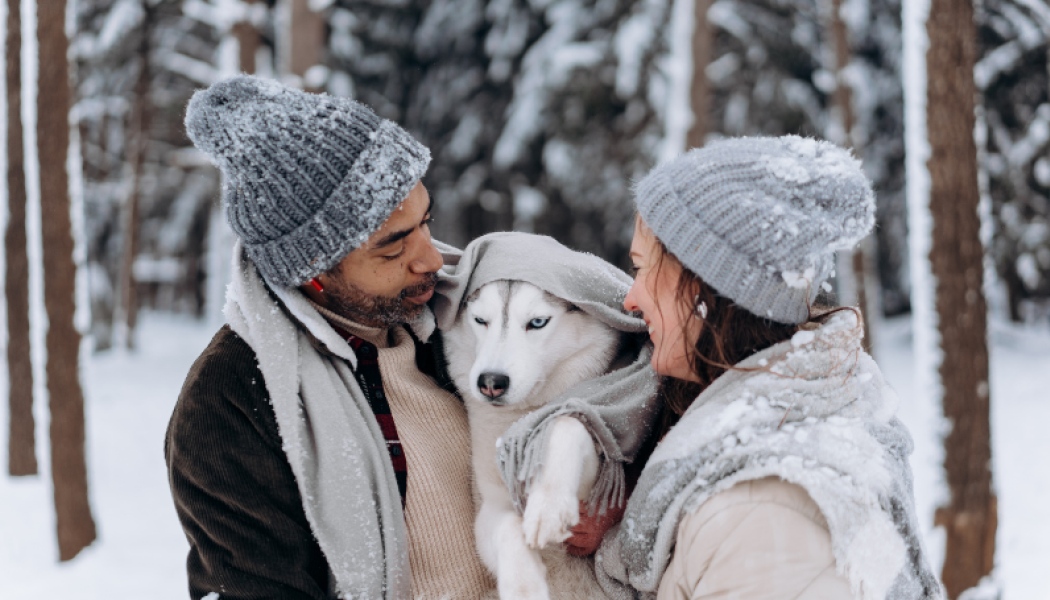
Protect yourself outside
While outside or during your winter activities, keep these tips in mind:
- Wear a hat to prevent heat loss, and waterproof winter boots with good grip. Dress in layers. Mittens are better than gloves at keeping hands warm and dry.
- Pack an emergency kit in your vehicle if you’re doing a road trip or going into the backcountry. Be AdventureSmart.
- Plan to take indoor breaks away from the cold.
- Drink plenty of water and eat nutrient rich foods at regular times.
- Avoid alcohol, caffeine and nicotine.
Protect yourself indoors
Carbon monoxide (CO) is often called the “silent killer” because it cannot be seen or smelled. Take steps to prevent CO exposure:
- Install CO detectors.
- Never use outdoor generators or barbeques indoors.
- Ensure your furnace is working well and that vents are not blocked. Clear any ice or snow from outdoor vents.
Learn more about carbon monoxide poisoning and how you can prevent it.
Cold injures and symptoms
Frostbite
Frostbite is when your body is exposed to the cold for a long period of time, restricting blood flow to your hands, feet, nose, and ears. Symptoms of frostbite include:
- Mild frostbite makes your skin can look yellowish or white, but it is still soft to the touch.
- With severe frostbite, skin may be more discoloured or turn black. You may lose feeling in affected areas and see blistering. Body tissue may be permanently damaged. Severe frostbite is a medical emergency and requires immediate care.
Hypothermia
There are three stages of hypothermia:
Stage 1
- Your body temperature drops by 1 or 2ºC. You may shiver, get goosebumps and have numb hands. If you experience a warm sensation, your body is entering stage 2.
Stage 2
- Check if you have stage 2 hypothermia: Try touching your thumb to your little finger. If you can't, your muscles are not working properly and you're experiencing stage 2 hypothermia. Stage 2 hypothermia is a medical emergency and requires immediate care.
Stage 3
- Stage 3 hypothermia is a medical emergency. At this stage you are at risk of dying.
- If your body temperature drops below 32ºC (89.6ºF), you’ll stop shivering, but you'll have trouble speaking, thinking and walking. Your behaviour becomes irrational. Exposed skin becomes blue and puffy, and it will be hard to move your muscles. Your heart may be beating quickly but your pulse and breathing will decrease.
Tips for warming up
- Move to warm shelter.
- Remove any wet clothing.
- Keep your muscles moving. Don’t fight shivering as it helps the body increase its core temperature.
- Gradually warm your body: wrap yourself in warm blankets, use skin-to-skin contact, and drink warm, sweet liquids.
- Make sure to focus on warming your core first (your body’s trunk or abdomen).
Learn more about to protect yourself in cold and winter weather. Find out more about extreme cold, health risks and treatment from Health Canada.
Protecting our most vulnerable
We can all play a role in helping those who may not have the means or resources to protect themselves during extreme cold events. Family, friends and neighbours can give a hand up to vulnerable members of our communities, including those who are unhoused or precariously housed, and those who are living in poverty. People who use alcohol or unregulated drugs are also more at risk in cold temperatures.
- Check in on family, friends or neighbours who live alone, are struggling financially or might have difficulty getting groceries. You can help ensure they have a safe source of heat in their home and adequate electricity.
- Keep an eye out for community members who may be underdressed for the weather and/or looking unwell. If you see someone experiencing severe cold injuries, offer them a blanket and warm liquid, and call911, or take them to the nearest emergency department immediately.
- If you, or someone you know, needs to find shelter from the outside conditions there is help available. Check out the BC Housing shelter locations, United Way BC211 shelter and street help line or view the BC Emergency information interactive map.
Interior Health’s Seasonal Readiness Working Group recommends actions that support patients and clients who may be impacted by cold weather. This includes changes to hospital discharge processes, and enhanced supports for mental health and substance use, harm reduction and street outreach programs.
Helping our seniors
Seniors can face added challenges when the temperatures drop. Many are more prone to slips and falls, especially in ice or snow. They may have conditions like diabetes or peripheral neuropathy (muscle weakness, tingling, numbness), or take medications like beta blockers, all of which affect the ability to sense cold.
According to Aaron Miller, director, Home Support Transformation, many seniors live alone and may lack social supports or the financial means to properly heat their home. Those with cognitive impairment or dementia are at higher risk of wandering outside.
“We recognize our changing climate poses challenges to our most vulnerable populations, including seniors,” says Aaron. “Cold weather events and winter storms are becoming more frequent and extreme. Even if someone is housed, it might be hard for them to stay warm and safe.”
Planning is underway for the Home Health and Home Support teams, including community health workers, to perform wellness checks during extreme cold events. Just like wellness checks during extreme heat, nurses and workers will check in on clients and take action to provide support.
If you’re concerned about a family member or neighbour, you can reach out to Home and Community Care Services at 1-800-707-8550.
Resources
Prepare for cold weather
- Get prepared for winter weather and storms (Province of British Columbia)
- PreparedBC – Severe Weather Checklist
- RoadSafetyBC – Preparing Your Vehicle
- Weather alerts (Environment Canada)
- Interior Health news, alerts and public service announcements
Health and cold related injuries
- Your health this winter (HealthLinkBC)
- Cold Temperature Exposure (HealthLink BC)
- Health Risks of Extreme Cold (Health Canada)
Shelters
Check out more stories like this

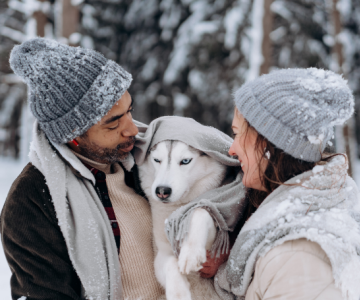
As temperatures drop, it’s important to be aware of the health risks of cold. Here's what you can do to ensure you remain safe and healthy.
/stories/how-protect-yourself-and-others-when-temperature-drops

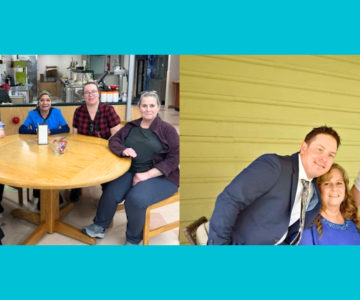
Nicky Stewart, celebrating 25 years with Interior Health, helped launch an Indigenous menu at Cariboo Memorial Hospital, bringing cultural heritage to residents
/stories/we-are-ih-food-service-supervisor-inspired-elders


The Indigenous Engagement Team has been recognized as Runner-Up for the BC Quality Awards for Leadership in Co-Designing Health Quality with Communities.
/stories/indigenous-engagement-team-honoured-innovative-partnerships
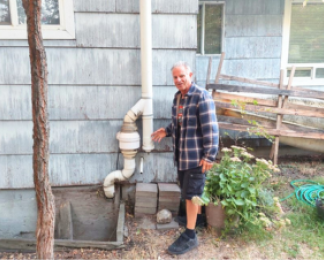
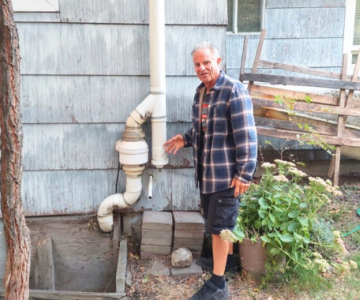
Radon is the leading cause of lung cancer in non-smokers, and is found throughout the Interior region. Learn how you can lower radon levels in your home.
/stories/what-do-if-you-have-high-levels-radon-your-home


In B.C., you may start a trip in sun and drive into snowy/icy conditions. Read on for tips and steps you can take to make your road travel safer in the winter
/stories/how-drive-safely-winter-conditions
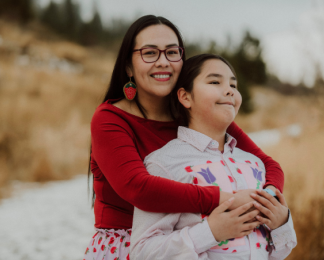
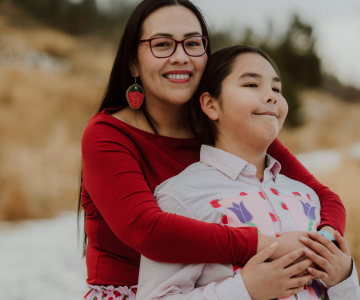
Not only does Nicole Big Sorrel Horse’s compassion and love for Indigenous Nations and communities shine through her work, it also shines through her craft.
/stories/we-are-ih-practice-leads-compassion-shines-through-her-craft
STAY CONNECTED
Receive news and alert posts, and Stories@IH blog posts, right to your inbox!
